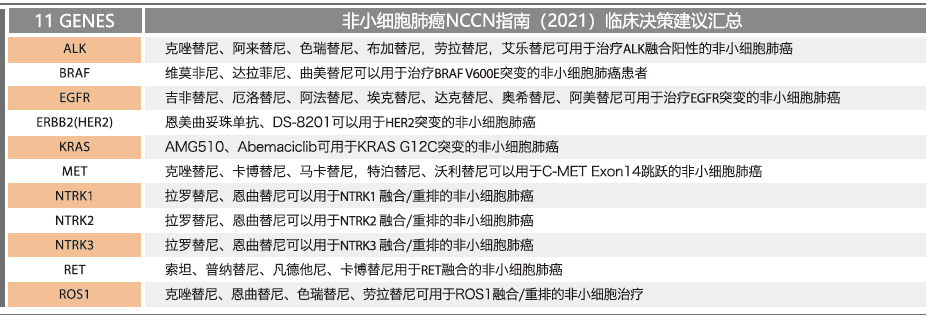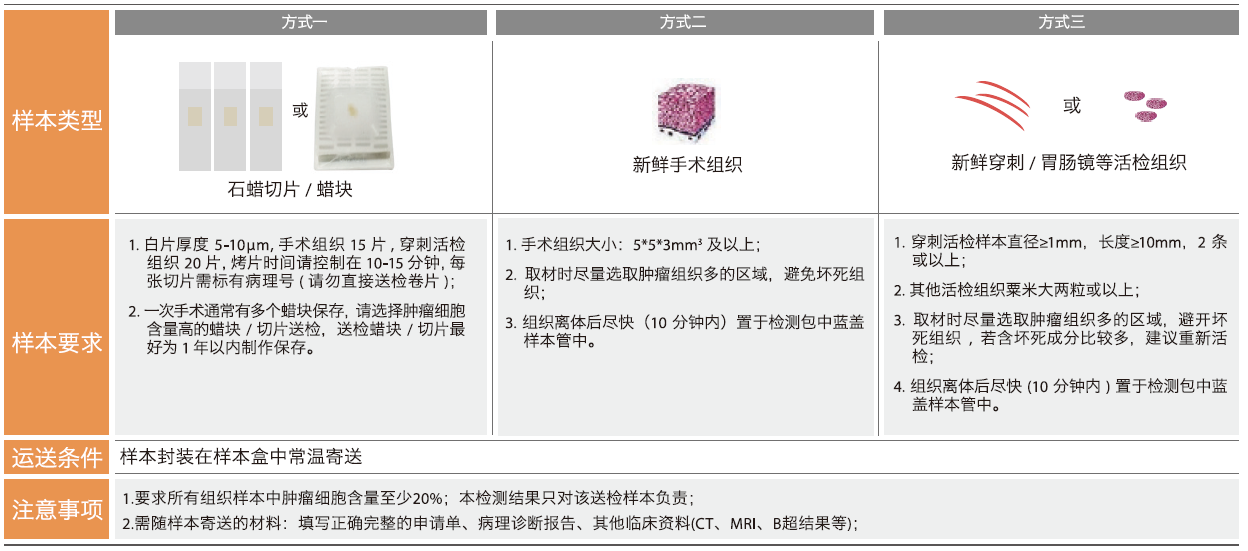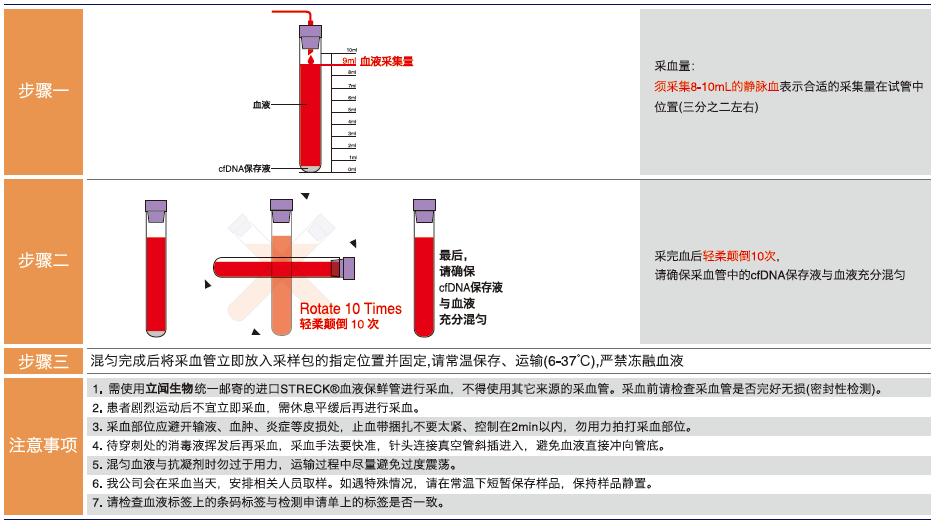Products
Lung cancer genetic testing
Lung cancer is the second malignant tumor with the second morbidity and the first mortality in the world. According to the GLOBOCAN analysis report of the global tumor epidemiological statistics in 2020, the number of new cases of lung cancer worldwide reached 2.207 million, second only to breast cancer; the number of deaths reached 1.796 million, ranking first among all cancer types. In China, lung cancer is not only the malignant tumor with the highest incidence, but also the highest mortality rate.
Lung cancer can be divided into two histopathological types, non-small cell lung cancer (NSCLC) and small cell lung cancer, of which NSCLC is the most common, accounting for 85% of all lung cancers. For driver gene-negative advanced NSCLC, the median progression-free survival (mPFS) of traditional platinum-based doublet chemotherapy is only 4 months to 6 months, and the median overall survival (mOS) is only 10 months to 12 months. Immunotherapy can bring survival benefit to driver-negative advanced NSCLC. Most of the early-stage lung cancers have no obvious symptoms, and most patients are already in the advanced stage when they are diagnosed. The overall 5-year survival rate of lung cancer is only about 16%.
Reference:
中国非小细胞肺癌免疫检查点抑制剂治疗专家共识(2020年版)(Expert consensus on immune checkpoint inhibitor therapy for non-small cell lung cancer in China (2020 edition))
OncoCruise 11 Genes——The optimal solution for clinical decision-making of precision diagnosis and treatment of lung cancer
Technical advantages
Using advanced next-generation sequencing technology to sequence the point mutations, amplifications, fusions, rearrangements, insertions, deletions and other variants of 11 druggable target genes with clinical evidence for lung cancer, providing complete and reliable recommendations for clinical treatment decisions and targeted therapy.
Beneficial population
1. Non-small cell lung cancer patients requiring targeted therapy
2. Patients with stage I-III non-small cell lung cancer requiring postoperative adjuvant therapy
Clinical significance
1. Help to choose the correct targeted drugs, avoid ineffective treatment, and improve the quality of life
2. Simultaneously analyze sensitive mutations and drug-resistant mutations, prompting the medication information of more than 40 targeted drugs
Test content

Sampling Guidelines
Tissue Sample

Blood Sample







